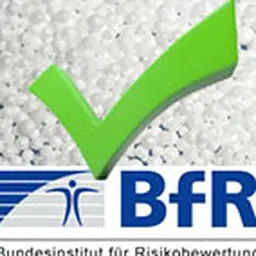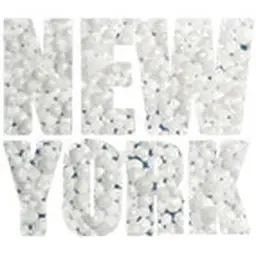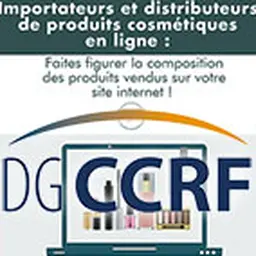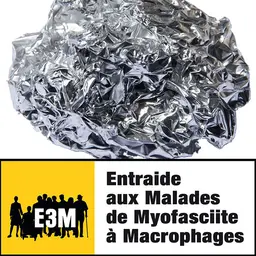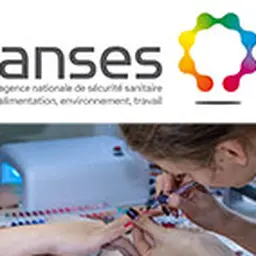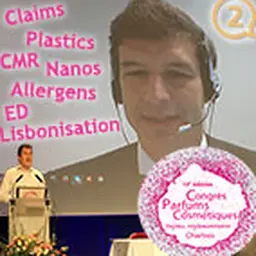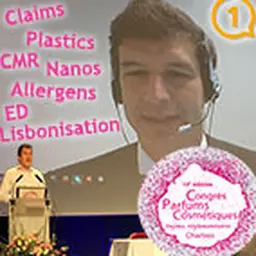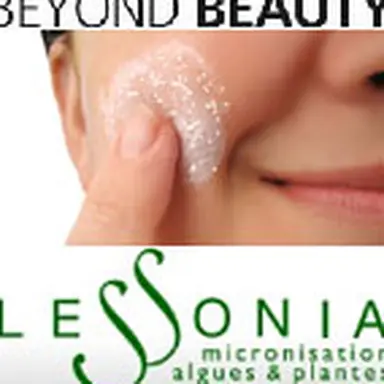
The polyethylene microbeads contained in our cosmetic products are controversial because of their environmental impact. They are not biodegradable, and they end up into the ocean, ingested by fish. A few alternatives are now available: Charles-Henri Morice, Ingredient Product Manager at Lessonia, came to present and compare them at the last Beyond Beauty show in Paris.
Why are polyethylene beads incorporated into our cosmetic products?
Plastic microbeads are widely used in the cosmetics industry. They are part of the composition of thousands of skincare products (including toothpaste, shaving creams, shower gels and of course, scrubs). Due to their numerous qualities for formulators, polyethylene (PE) particles are the most prized, ahead of polypropylene (PP), nylon or polyethylene terephthalate (PET) particles: they are economical, available in large quantities, white and odourless. They are also inert, stable in the formulation, and do not impact the pH of the composition. They are light and not perfectly spherical (“contrary to received ideas”, the speaker specified by relying on a microscope reading), they can remain in suspension, and show good abrasivity. However, they do have one great failing that is being increasingly pointed out, and which has led them to be banned by some regulations: they are not biodegradable.
Why can they be found in the ocean?
If they do not present any risk for human health, polyethylene microbeads pose a problem in terms of environmental protection because of their discharge and accumulation in natural, especially aquatic environments.
Indeed, the cosmetic products that contain them are rinsed off after being used. The …


